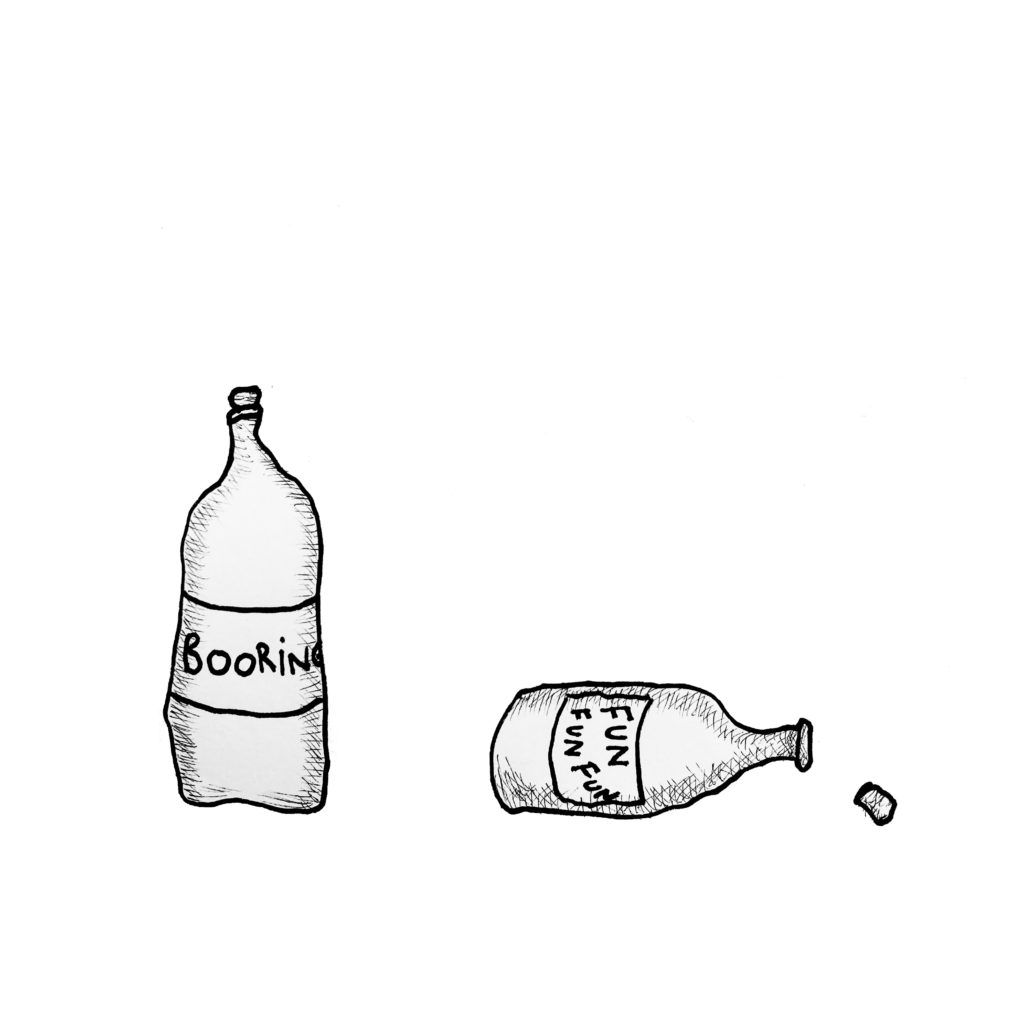PRETTY BORING
An exploration in a leftover space
Every city has them. The in-between boring places. They are not defined and usually unappealing. When in correlation with a defined space, such as a transportation hub, that also happens to be unappealing, you get a mix of boredom and stress.
But what defines boring architecture? It is a difficult question to answer since boredom is highly individual and never static. The definition of boring can also change over time, but we know lack of diversity and stimuli can cause diverse psychological malign effects.
My interest is in the kind of spaces that are usually not registered at all, the leftover spaces, the blind spots of the architectural gaze. What makes it boring and how does it make people feel?
Both boring places and feeling stressed can be seen as having potential and as threatening. These spaces can be activated, transformed, and integrated into the main urban fabric to achieve environmental and social gains.
This research examines how boring stressful spaces are defined and how they can be activated. It will be an exploration in seeing if small scale interventions are able to enhance an area. Is it possible to detect what boring is and if so, can something be done about it?
The aim is to create care in relationships between humans and place and explore how it can be used to create meaning in a space.
A result will be provided in a design exploration at Marklandsgatan bus and tram stop in hope to leave the visitor intrigued, to want to stop and explore and feel a bit more enticed. It will be an investigation of space, ambiance and environment in an area that is paradoxically busy yet empty.
The purpose – to explore and understand the potential of boring spaces and how it might affect people.
Can boredom be reduced in leftover spaces?
The site was chosen for its mundane and uninteresting character. Marklandsgatan bus and tram stop is a place where you are available yet offered nothing, with no possible escape. Still, no one seems to expect anything from here. It is what it is, and does what it is supposed to do. But is it still functional if no one wants to be there?
How do people move and feel when there and what does unstimulating places do to us?
In conclusion, embracing positive findings and bringing them attention may be better than trying to hide the negative aspects.
The aim became to try and loose track of time when interacting with the installation. A chance to escape and disconnect for a moment. It was challenging to provide something that is intimate and yet anonymous, to be able to have solitude in a group with other people.
It is an idea of something that can be applied in various little spaces in the urban fabric. If this would have been a site specific installation then other values would have been added but since focus lies within sensorial aspects of feeling bored, I think it can be applied in other places too.

